In the shade garden, ferns are as close to perfection as plants come. Their exuberant upright growth, deer resistance and fortitude make them a pleasure to grow. Their texture is unparalleled on the woodland floor, weaving an artful tapestry that is second to none.
I currently enjoy growing 24 fern species in my one-year-old fern glen. Japanese beech fern (
Phegopteris decursive-pinnata) is among my favorites and earns its place as a woodland ground cover.
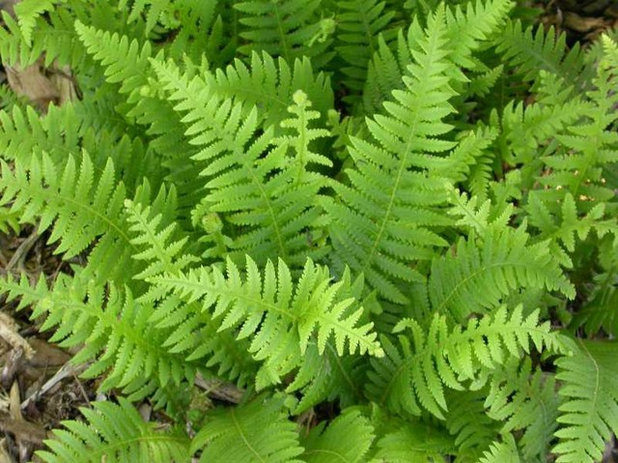
Missouri Botanical Garden
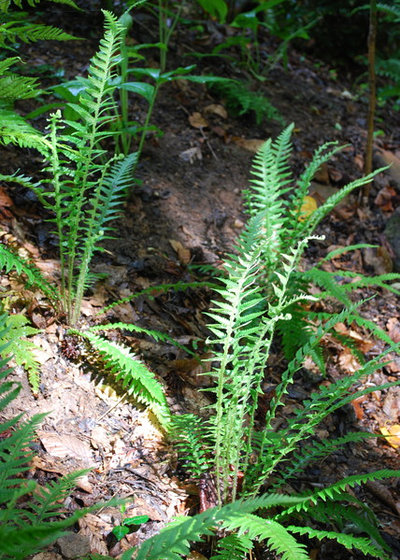
Jay Sifford Garden Design
Botanical name: Phegopteris decursive-pinnataCommon name: Japanese beech fern
Origin: Japan, China, Korea and the Himalayas
Where will it grow: Hardy to -30 degrees Fahrenheit (USDA zones 4 to 9; find your zone)
Light requirement: Partial to full shade
Water requirement: Average to wet soil
Mature size: 1 foot to 2 feet tall and wide
Benefits and tolerances: Resistant to deer, rabbits, insects and disease; grows well in shade or partial sun and average to wet soil; is a well-behaved (noninvasive) spreader that develops short runners that are easily removed or controlled if desired
Seasonal interest: This deciduous fern sends up bright green fronds in early to mid spring; the fronds darken somewhat to a rich green in summer, then turn yellow in autumn.
When to plant: Spring is best.
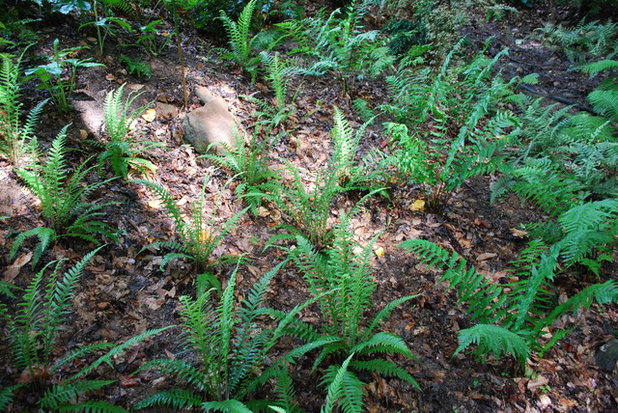
Jay Sifford Garden Design
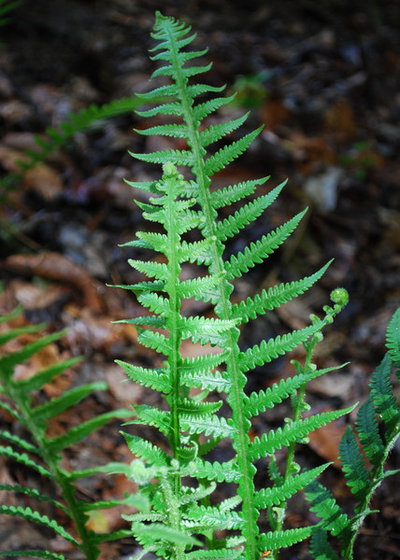
Jay Sifford Garden Design
Distinguishing traits. “Decursive” means “running down the stem.” “Pinnata” means “like a feather.” The pinnae (raised leaflets) have the appearance of beads of water slowly running to the ground. The plant’s center fronds are erect, while the outer fronds tend to develop a vase-shaped configuration, giving this fern a graceful appearance.
How to use it. To develop a beautifully textured ground cover underneath the tree canopy, plant Japanese beech ferns at intervals of 2 feet on center. In moist shade these ferns should grow together in two to three years. They will tolerate drier conditions, but optimal growth will be slowed.
These ferns hold their own as part of a matrix planting (tapestry-like planting en masse) when they adjoin ferns that exhibit different textures. Here they are shown with Dixie wood ferns (
Dryopteris x
australis, zones 5 to 9) and Ghost ferns (
Athyrium ‘Ghost’, zones 3 to 8).
See more ways to garden with ferns
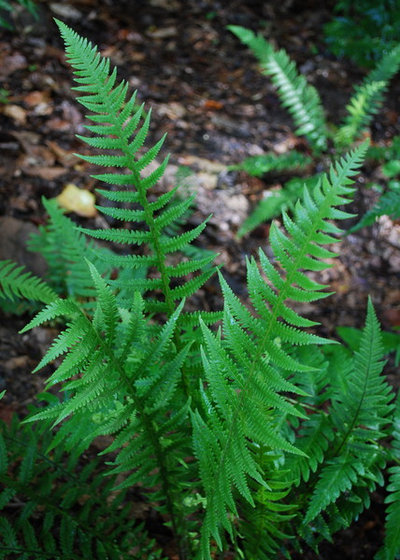
Jay Sifford Garden Design
Planting notes. Site Japanese beech fern in average to moist soil in partial to full shade, or provide supplemental water (2 or more inches per week) if you plant it in average soil.
Amending the soil with compost and mulching around the plant with a shredded hardwood mulch or leaves will produce the best growth.





